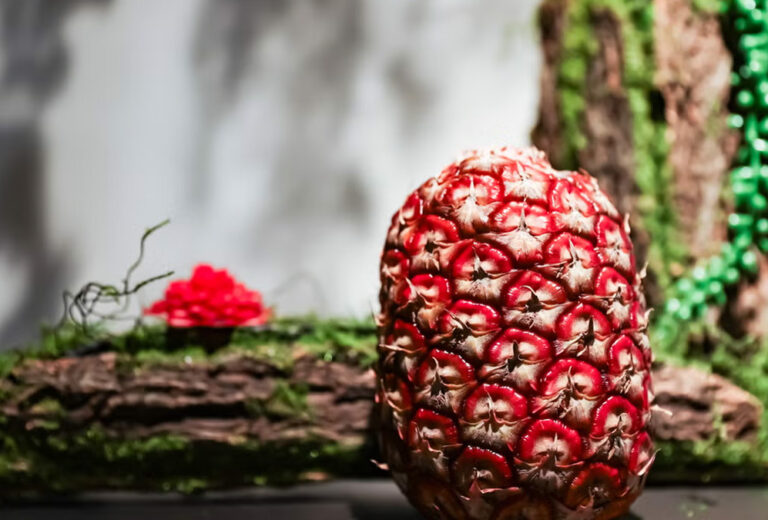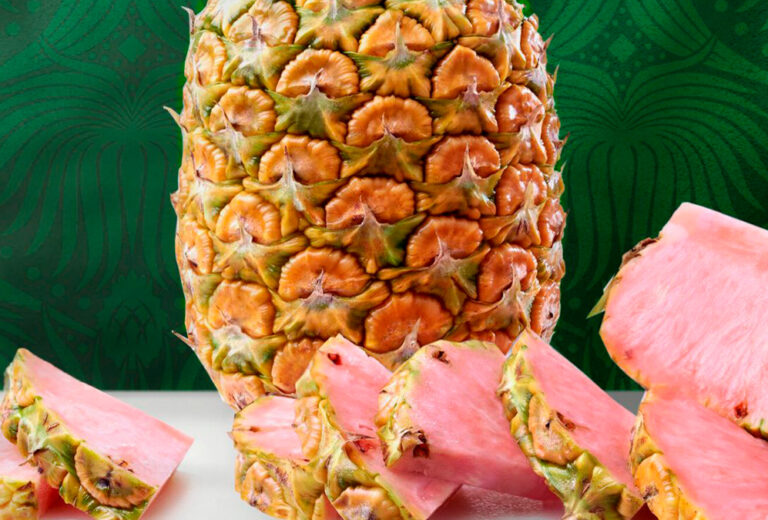Click here to read the Spanish version.
This time we are not going to talk about Mercadona’s pineapples, nor about their established codes for linking between foodstuffs, but about the ‘pungent’ effect that the fruit provokes when consumed.
Whether you like it or not, pineapple gives us all a slight tingling sensation on the tongue when we eat it. And this is no coincidence, but has a scientific explanation behind it, based on crystals called ‘raphidia’, which are also found in other fruits such as kiwis and grapes. This type of ‘needles’ are placed inside the fruit to perform a defensive function against herbivorous insects, dissuading them from eating the fruit of the plant and protecting the seeds.
This theory was shared by SF Microscopy in a TikTok video, which surprised and even horrified many users with the explanation behind the strange sensation of eating pineapple. It’s because we’re being stabbed by 1000s of tiny needles called raphides,’ the voiceover narrates. ‘These calcium oxalate crystals poke holes in your cell membranes causing irritation!’
To demonstrate the reasoning to its followers, the science page shredded the fruit into tiny pieces for microscopic analysis. The content creator then showed the ‘microcosm’ inside the pineapple chunks, which basically resembled ‘little needles’ that ‘stick’ in the mouth and cause that strange irritating sensation on the tongue after eating.




